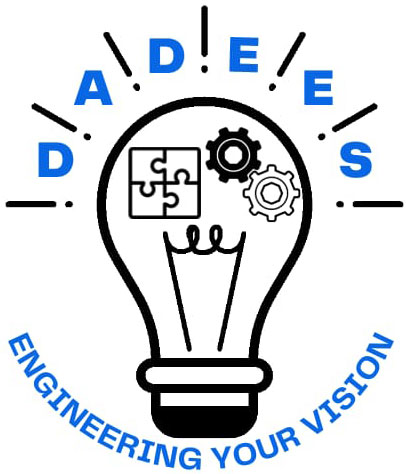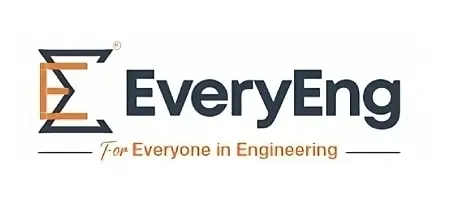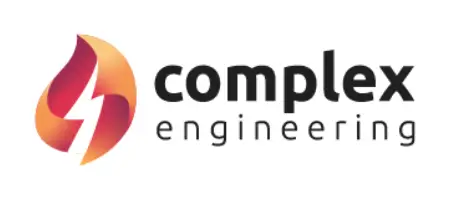Collaboration is the backbone of successful engineering projects, fostering innovation and ensuring that client needs are met effectively. At Datum Engineering, the emphasis on teamwork extends across departments and with clients, creating an environment where ideas can flourish and problems can be solved more efficiently. This post delves into the significance of collaboration in engineering and how Datum Engineering leverages it for project success.
The Importance of Collaboration
Effective collaboration in engineering is paramount for several reasons. Primarily, it bridges gaps between different disciplines, ensuring that engineers, designers, and project managers are aligned in their objectives. It also promotes faster problem-solving, as diverse perspectives and expertise contribute to finding optimal solutions. In today’s complex engineering landscape, where projects are often multifaceted and involve multiple stakeholders, collaboration has become a strategic advantage.
How Datum Engineering Fosters Collaboration
Datum Engineering wholeheartedly embraces a collaborative culture. Internally, teams are organized to encourage cross-functional cooperation. For instance, project managers work closely with engineers throughout the design and production processes, facilitating open communication and continuous feedback. This not only enhances project efficiency but also empowers team members to contribute ideas and solutions.
Moreover, Datum places a strong emphasis on engaging clients in the collaboration process. From the initial consultation to project completion, clients are involved every step of the way. This transparency allows for adjustments based on client feedback, ensuring the final product aligns with their vision and requirements. This client-centric approach fosters stronger partnerships and satisfaction.
Tools and Techniques for Effective Collaboration
To enhance collaborative efforts, Datum Engineering employs several tools and techniques that streamline communication and project management. Project management software serves as a backbone, enabling real-time updates and visibility into project progress. Tools like collaborative design platforms allow teams to work together on digital models, making it easier to share insights and suggestions.
Additionally, Datum invests in regular brainstorming sessions and workshops, where team members can discuss ongoing projects and challenges openly. These meetings encourage creativity and ensure that everyone’s voice is heard, leading to innovative solutions that might otherwise be overlooked.
Success Stories Demonstrating Effective Collaboration
The success of Datum Engineering’s collaborative efforts is evident in various projects. One notable instance was the design and manufacture of a critical component for a telecommunications system. The project required seamless integration of multiple systems, and the collaboration between Datum’s engineers and the client’s technical team proved vital.
Through regular workshops and status meetings, both teams were able to identify potential integration issues early, allowing for swift adjustments. As a result, the project was completed ahead of schedule and under budget, much to the delight of the client. This experience showcased how effective collaboration leads to enhanced efficiency and quality outcomes.
Conclusion: The Path to Successful Engineering through Collaboration
In the realm of engineering, collaboration is not just beneficial—it’s essential for success. Datum Engineering’s commitment to fostering a collaborative culture internally and with clients has proven to drive innovation and deliver high-quality results consistently. As the engineering landscape continues to evolve, the ability to collaborate effectively will remain a key determinant of success. If you’re looking for a partner who values collaboration as much as you do, reach out to Datum Engineering today, and let’s discuss how we can work together to achieve your engineering goals.




